Home>Gardening & Outdoor>Landscaping Ideas>What Is The Best Ground Cover To Replace Grass
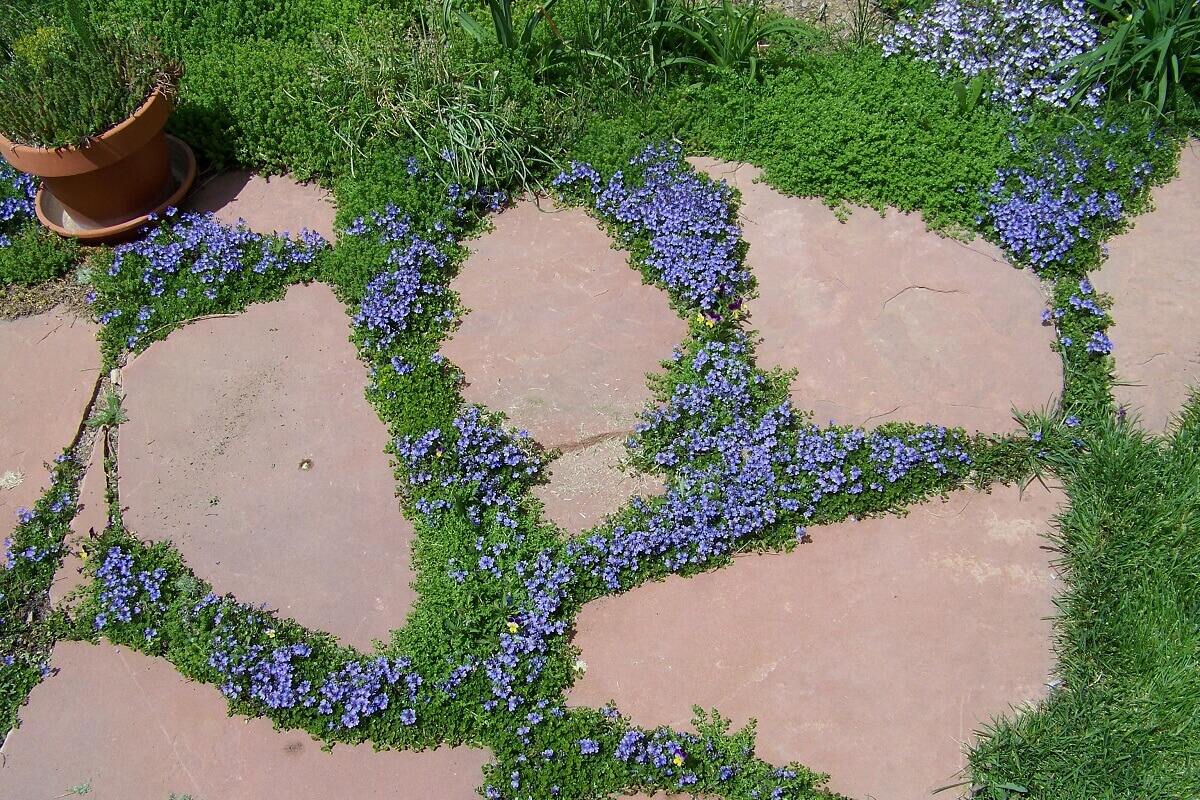

Landscaping Ideas
What Is The Best Ground Cover To Replace Grass
Modified: October 28, 2024
Looking for landscaping ideas? Discover the best ground cover options to replace grass and enhance your outdoor space. Explore creative solutions now!
(Many of the links in this article redirect to a specific reviewed product. Your purchase of these products through affiliate links helps to generate commission for Storables.com, at no extra cost. Learn more)
Introduction
Welcome to the world of landscaping, where lush green lawns have long been the epitome of outdoor beauty. However, with the increasing awareness of environmental sustainability and water conservation, many homeowners are seeking alternative ground cover options to replace traditional grass lawns. This shift is driven by the desire for low-maintenance landscapes, reduced water consumption, and the need to create eco-friendly outdoor spaces.
Choosing the best ground cover to replace grass involves careful consideration of various factors, including climate, soil type, and desired aesthetic. In this comprehensive guide, we will explore the benefits of replacing grass with ground cover, factors to consider when choosing ground cover, different ground cover options, the best choices for various climates, and tips for installation and maintenance. Whether you’re looking to transform your yard into a vibrant, sustainable oasis or simply seeking a practical alternative to traditional lawns, this guide will provide valuable insights to help you make an informed decision.
Key Takeaways:
- Embrace ground cover as a sustainable and low-maintenance alternative to traditional grass lawns, offering benefits such as water conservation, biodiversity support, and erosion control.
- Carefully consider climate, soil, and maintenance needs when selecting ground cover plants to create a vibrant, resilient, and visually appealing landscape that harmonizes with nature.
Read more: How To Replace Lawn With Ground Cover
Benefits of Replacing Grass with Ground Cover
Transitioning from a traditional grass lawn to ground cover offers a myriad of benefits, both for the environment and homeowners. Understanding these advantages can help you make an informed decision when considering alternative landscaping options.
1. Water Conservation: Ground cover plants generally require less water than traditional grass lawns, making them an eco-friendly choice in regions prone to drought or water restrictions. By reducing water consumption, homeowners can contribute to conservation efforts while enjoying a lush and sustainable landscape.
2. Low Maintenance: Unlike grass, many ground cover options require minimal maintenance, such as mowing and fertilizing. This can save homeowners time and effort, making ground cover an attractive choice for those seeking a low-maintenance landscape solution.
3. Erosion Control: Ground cover plants help prevent soil erosion by providing a protective layer over the ground. This is especially beneficial on sloped areas where traditional lawns may struggle to establish root systems and hold the soil in place.
4. Biodiversity and Wildlife Support: Certain ground cover plants attract pollinators, such as bees and butterflies, contributing to biodiversity in the landscape. Additionally, ground cover can provide habitat and food sources for small wildlife, further enriching the outdoor environment.
5. Aesthetic Diversity: Ground cover offers a wide range of textures, colors, and growth habits, allowing homeowners to create visually appealing landscapes with diverse plant species. This diversity can enhance the overall aesthetic of the outdoor space, adding interest and character to the landscape.
6. Weed Suppression: Many ground cover plants form dense mats that inhibit weed growth, reducing the need for chemical weed control and manual weeding. This natural weed suppression can contribute to a healthier and more sustainable landscape.
By embracing the benefits of ground cover, homeowners can transform their outdoor spaces into vibrant, sustainable landscapes that require less maintenance and resources while promoting environmental stewardship.
Factors to Consider Before Choosing Ground Cover
When exploring ground cover options to replace grass, it’s essential to consider several key factors to ensure the success and suitability of the chosen plants for your specific outdoor space. Understanding these factors will help you make an informed decision and select ground cover that aligns with your landscape goals and environmental conditions.
1. Climate and Hardiness Zone: Different ground cover plants thrive in specific climates and hardiness zones. Consider the average temperature, precipitation, and frost patterns in your region to select ground cover species that are well-suited to local climate conditions.
2. Sunlight and Shade: Assess the sunlight exposure in your yard to determine whether the area receives full sun, partial shade, or full shade. This information is crucial for choosing ground cover plants that match the light conditions of the intended planting area.
3. Soil Type and pH: Understanding the soil composition and pH level of your landscape is essential. Some ground cover plants prefer well-drained sandy soil, while others thrive in moist, loamy soil. Conduct a soil test to determine the pH and nutrient levels, which will guide your selection of compatible ground cover species.
4. Maintenance Requirements: Evaluate the level of maintenance you are willing to commit to your landscape. Some ground cover options are low-maintenance and require minimal care, while others may need regular pruning, watering, or fertilization. Choose ground cover plants that align with your desired maintenance commitment.
5. Purpose and Function: Identify the specific purpose of the ground cover in your landscape. Are you seeking erosion control on slopes, a decorative border, or a lawn alternative? Understanding the intended function of the ground cover will help you select plants that fulfill the desired role in your outdoor space.
6. Allergies and Toxicity: Consider any potential allergies or toxicity concerns, especially if children or pets frequent the area. Some ground cover plants may trigger allergies, while others could be toxic if ingested. Prioritize non-toxic and allergy-friendly options for family-friendly landscapes.
7. Aesthetic Appeal: Take into account the visual impact of the ground cover plants. Consider the texture, color, and growth habit of the plants to ensure they complement the overall aesthetic of your landscape design and contribute to the desired visual appeal.
By carefully considering these factors, you can make informed decisions when selecting ground cover for your landscape, ensuring that the chosen plants thrive in their intended environment while meeting your aesthetic and practical requirements.
Types of Ground Cover Options
Ground cover options encompass a diverse array of plants that can transform landscapes with their low-growing, spreading, and often mat-forming growth habits. From flowering perennials to evergreen shrubs, the following are popular types of ground cover options that offer both practical and aesthetic benefits:
- Creeping Thyme: This aromatic herb forms a dense, colorful mat of foliage and produces tiny, vibrant flowers in the spring and summer. Creeping thyme is well-suited for sunny, well-drained areas and is valued for its drought tolerance and pollinator-attracting qualities.
- Creeping Jenny (Lysimachia nummularia): With its trailing stems and rounded leaves, this perennial ground cover thrives in moist, shady conditions. Creeping Jenny adds a splash of bright green to shaded areas and is ideal for creating a lush carpet along garden edges and in containers.
- Japanese Spurge (Pachysandra terminalis): This evergreen ground cover features glossy, deep green foliage and thrives in partial to full shade. Japanese spurge is an excellent choice for suppressing weeds and adding year-round greenery to woodland gardens and shaded landscapes.
- Ice Plant (Delosperma): Known for its vibrant, daisy-like flowers and succulent foliage, ice plant is a drought-tolerant ground cover that thrives in sunny, well-drained locations. It is prized for its ability to cascade over walls and rockeries while providing a pop of color.
- Creeping Phlox (Phlox subulata): This spring-blooming perennial ground cover forms a dense carpet of colorful flowers and needle-like foliage. Creeping phlox is well-suited for sunny slopes, rock gardens, and borders, adding a profusion of blooms in various hues.
- Blue Star Creeper (Isotoma fluviatilis): With its delicate, star-shaped flowers and tiny, lush leaves, blue star creeper thrives in moist, shaded areas and is ideal for filling in gaps between stepping stones, under trees, or around water features.
These are just a few examples of the diverse ground cover options available. When selecting ground cover plants, consider their growth habits, preferred growing conditions, and visual characteristics to choose species that align with your landscape’s specific needs and aesthetic preferences.
Best Ground Cover Options for Different Climates
Choosing the right ground cover for your climate is crucial to ensure the plants thrive and contribute to a sustainable and visually appealing landscape. Here are some top ground cover options suited for different climates:
Read more: What Is The Best Ground Cover For NC
1. Arid or Dry Climates
In arid or dry climates, drought-tolerant ground cover options are essential for conserving water and maintaining a resilient landscape. Some ideal choices include:
- Ice Plant (Delosperma): With its succulent foliage and vibrant flowers, ice plant is well-suited for sunny, dry locations and thrives in arid climates.
- Creeping Thyme: This drought-tolerant herb forms a dense mat of foliage and is an excellent choice for sunny, well-drained areas in dry climates.
2. Humid or Moist Climates
In humid or moist climates, ground cover plants that can thrive in moist soil and partial shade are ideal. Consider the following options:
- Creeping Jenny (Lysimachia nummularia): Thriving in moist, shady conditions, creeping Jenny adds lush greenery to moist landscapes and is ideal for edging and ground coverage.
- Japanese Spurge (Pachysandra terminalis): This evergreen ground cover is well-suited for moist, shaded areas and provides year-round greenery in humid climates.
3. Temperate or Moderate Climates
In temperate or moderate climates with well-distributed rainfall and moderate temperatures, a variety of ground cover options can thrive. Consider the following versatile choices:
- Creeping Phlox (Phlox subulata): This spring-blooming ground cover is well-suited for temperate climates and adds a burst of color to sunny slopes and garden borders.
- Blue Star Creeper (Isotoma fluviatilis): Thriving in moist, shaded areas, blue star creeper is an excellent choice for temperate climates and adds delicate beauty to various landscape settings.
4. Cold or Frost-Prone Climates
In cold or frost-prone climates, selecting ground cover plants that can withstand freezing temperatures is essential. Consider the following hardy options:
- Creeping Thyme: Certain varieties of creeping thyme are cold-hardy and can withstand frost, making them suitable for ground cover in colder climates.
- Creeping Phlox (Phlox subulata): With its cold tolerance and spring blooms, creeping phlox is an excellent choice for adding color to cold climate landscapes.
By choosing ground cover plants that are well-adapted to your specific climate, you can create a resilient and visually captivating landscape that thrives in its environmental conditions.
Read more: What Is The Best Flowering Ground Cover
How to Install and Maintain Ground Cover
Installing and maintaining ground cover involves careful planning, proper preparation, and ongoing care to ensure the success and longevity of the plants. Here are essential steps for installing and maintaining ground cover in your landscape:
Installation
1. Site Preparation: Clear the planting area of any existing vegetation, rocks, and debris. Loosen the soil and amend it with organic matter if necessary to improve drainage and fertility.
2. Plant Selection and Spacing: Choose ground cover plants that are well-suited to the site’s light, moisture, and soil conditions. Follow the recommended spacing guidelines to ensure adequate coverage and prevent overcrowding as the plants mature.
3. Planting: Dig individual planting holes for each ground cover plant, ensuring they are at the same depth as their original containers. Backfill the holes with soil, gently firming the plants in place, and water thoroughly to promote establishment.
4. Mulching: Apply a layer of organic mulch around the newly planted ground cover to conserve moisture, suppress weeds, and protect the soil. Mulch also helps maintain a consistent soil temperature and provides a finished look to the planting area.
Maintenance
1. Watering: Provide regular watering, especially during the establishment phase. Once established, adjust the watering frequency based on the specific moisture needs of the ground cover plants and the prevailing weather conditions.
2. Pruning and Trimming: Depending on the type of ground cover, periodic pruning or trimming may be necessary to maintain the desired shape, control growth, and promote dense coverage. Remove any dead or damaged foliage as needed.
3. Fertilization: Apply a balanced, slow-release fertilizer according to the specific needs of the ground cover plants. Avoid over-fertilization, as excessive nutrients can lead to excessive growth or reduced flowering in certain species.
4. Weed Control: Regularly inspect the ground cover area for weeds and promptly remove any unwanted growth. The dense mat of ground cover plants should naturally suppress weed development, but occasional maintenance is still necessary.
5. Monitoring and Troubleshooting: Keep an eye on the health and vigor of the ground cover plants, addressing any signs of pests, diseases, or environmental stress promptly. Early intervention can prevent issues from escalating and ensure the long-term success of the ground cover.
By following these installation and maintenance practices, you can establish and sustain healthy ground cover that enhances the beauty and functionality of your landscape while minimizing the need for extensive upkeep.
Conclusion
Exploring ground cover options as alternatives to traditional grass lawns offers a wealth of benefits, from water conservation and low maintenance to biodiversity support and erosion control. By carefully considering factors such as climate, soil conditions, and maintenance requirements, homeowners can select the most suitable ground cover plants to transform their outdoor spaces into sustainable, visually captivating landscapes.
Understanding the diverse types of ground cover options, from creeping thyme and creeping Jenny to Japanese spurge and blue star creeper, allows for creative and tailored landscape designs that cater to specific climate and aesthetic preferences. Whether you reside in arid, humid, temperate, or cold climates, there are ground cover plants uniquely suited to thrive in your environment, contributing to the resilience and allure of your outdoor space.
Installing and maintaining ground cover requires thoughtful planning, proper care, and ongoing attention to ensure the success and longevity of the plants. From site preparation and planting to watering, pruning, and weed control, diligent maintenance practices are essential for nurturing healthy and vibrant ground cover that enriches the landscape while reducing the need for extensive upkeep.
Embracing ground cover as a sustainable and practical landscaping solution empowers homeowners to create environmentally conscious, low-maintenance outdoor environments that harmonize with nature and contribute to the well-being of local ecosystems. By replacing traditional grass lawns with diverse and resilient ground cover options, homeowners can play a significant role in promoting sustainable landscapes and conserving natural resources for future generations.
Ultimately, the journey of exploring, selecting, and nurturing ground cover plants is a rewarding endeavor that not only enhances the beauty of your outdoor space but also aligns with principles of environmental stewardship and responsible landscaping practices. With careful consideration, creativity, and ongoing care, ground cover can redefine the concept of a lush, inviting landscape, offering a sustainable and vibrant alternative to conventional grass lawns.
Frequently Asked Questions about What Is The Best Ground Cover To Replace Grass
Was this page helpful?
At Storables.com, we guarantee accurate and reliable information. Our content, validated by Expert Board Contributors, is crafted following stringent Editorial Policies. We're committed to providing you with well-researched, expert-backed insights for all your informational needs.
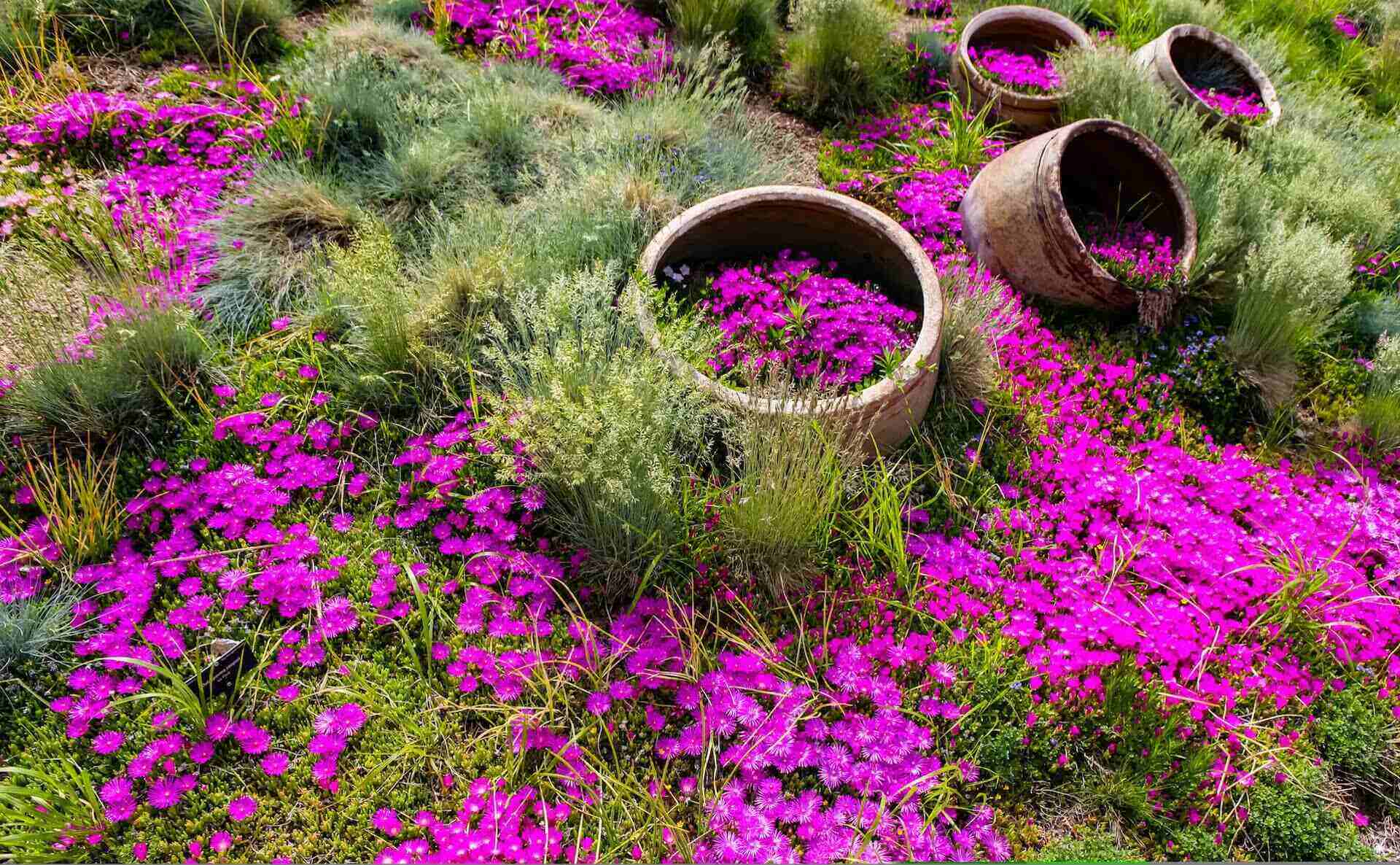

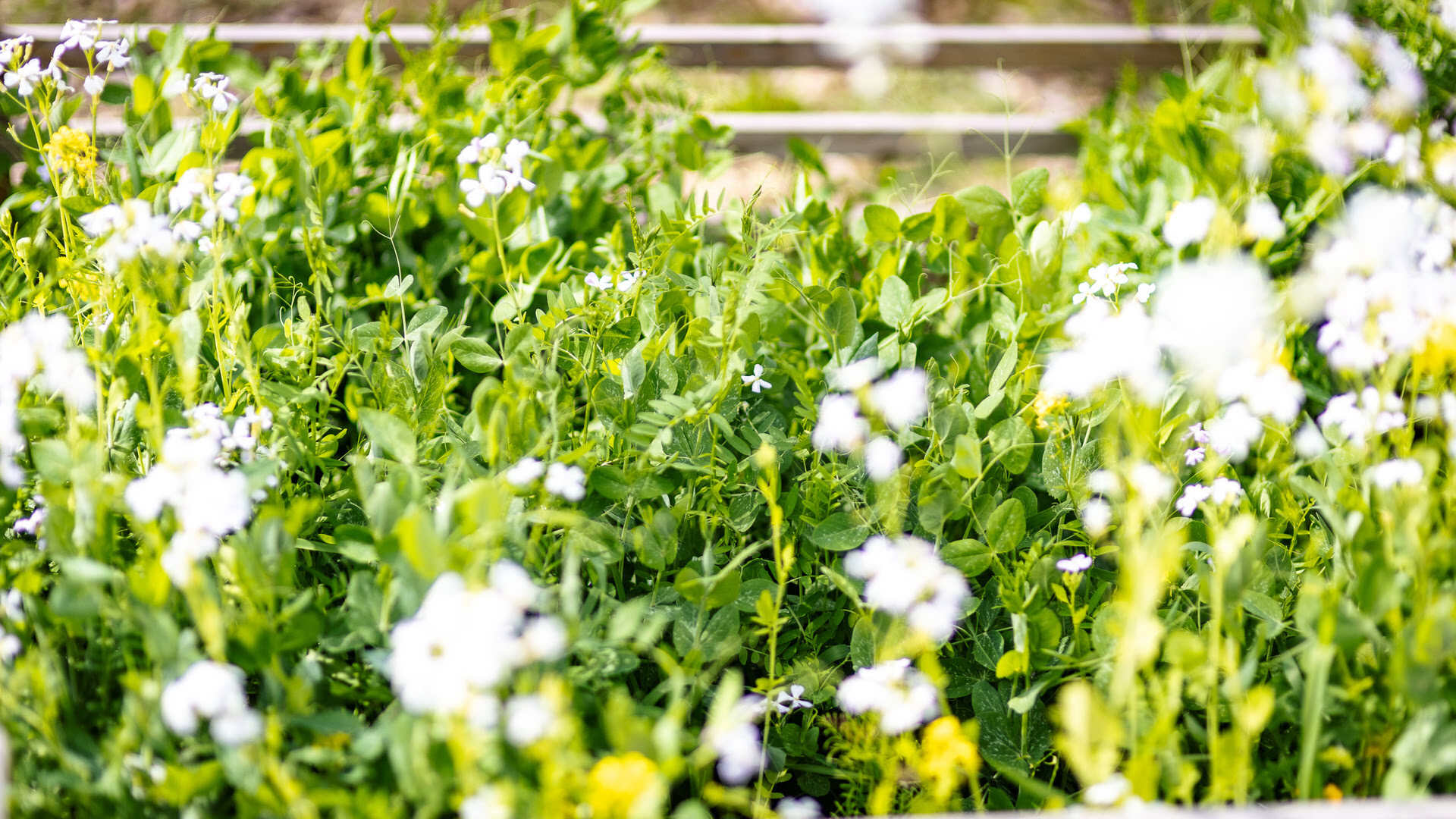
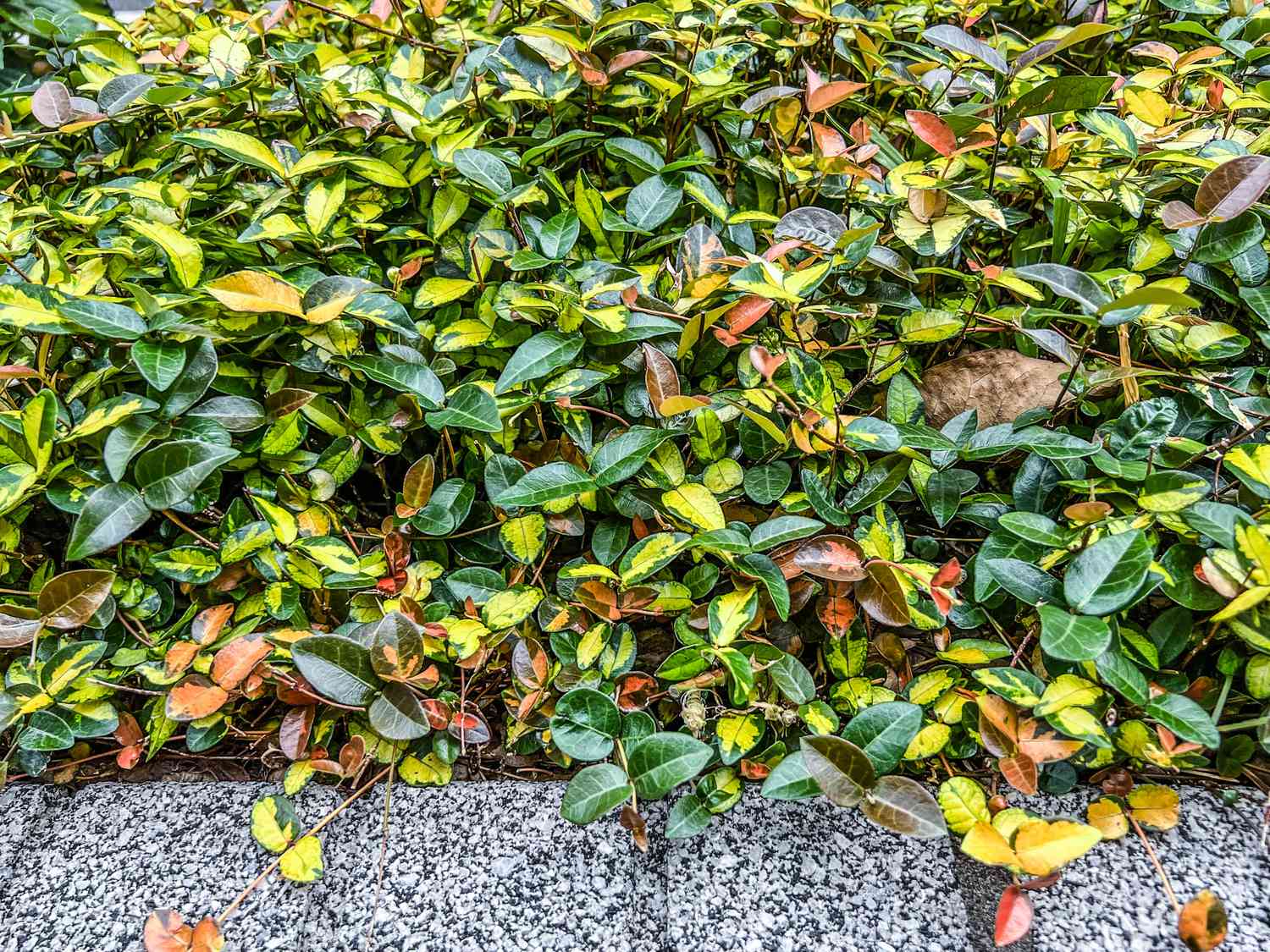
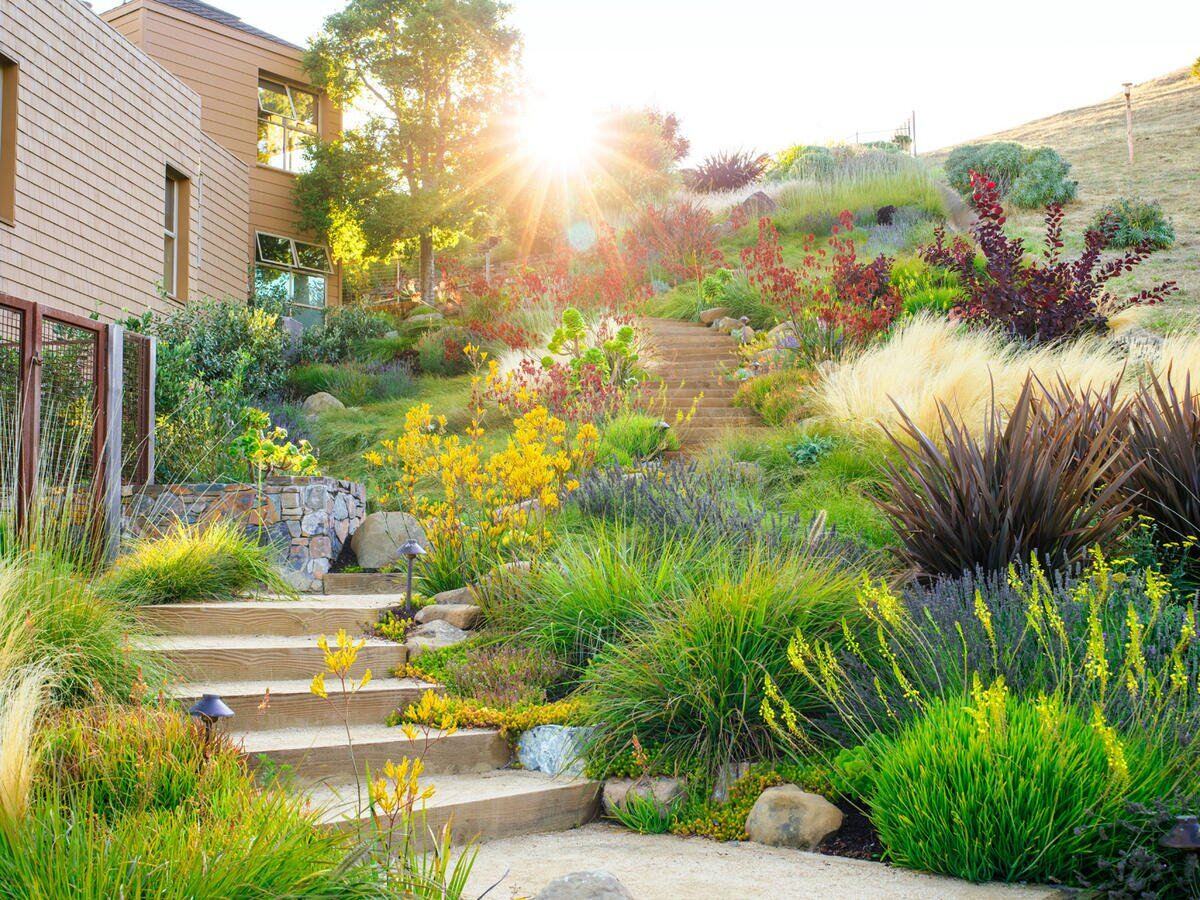
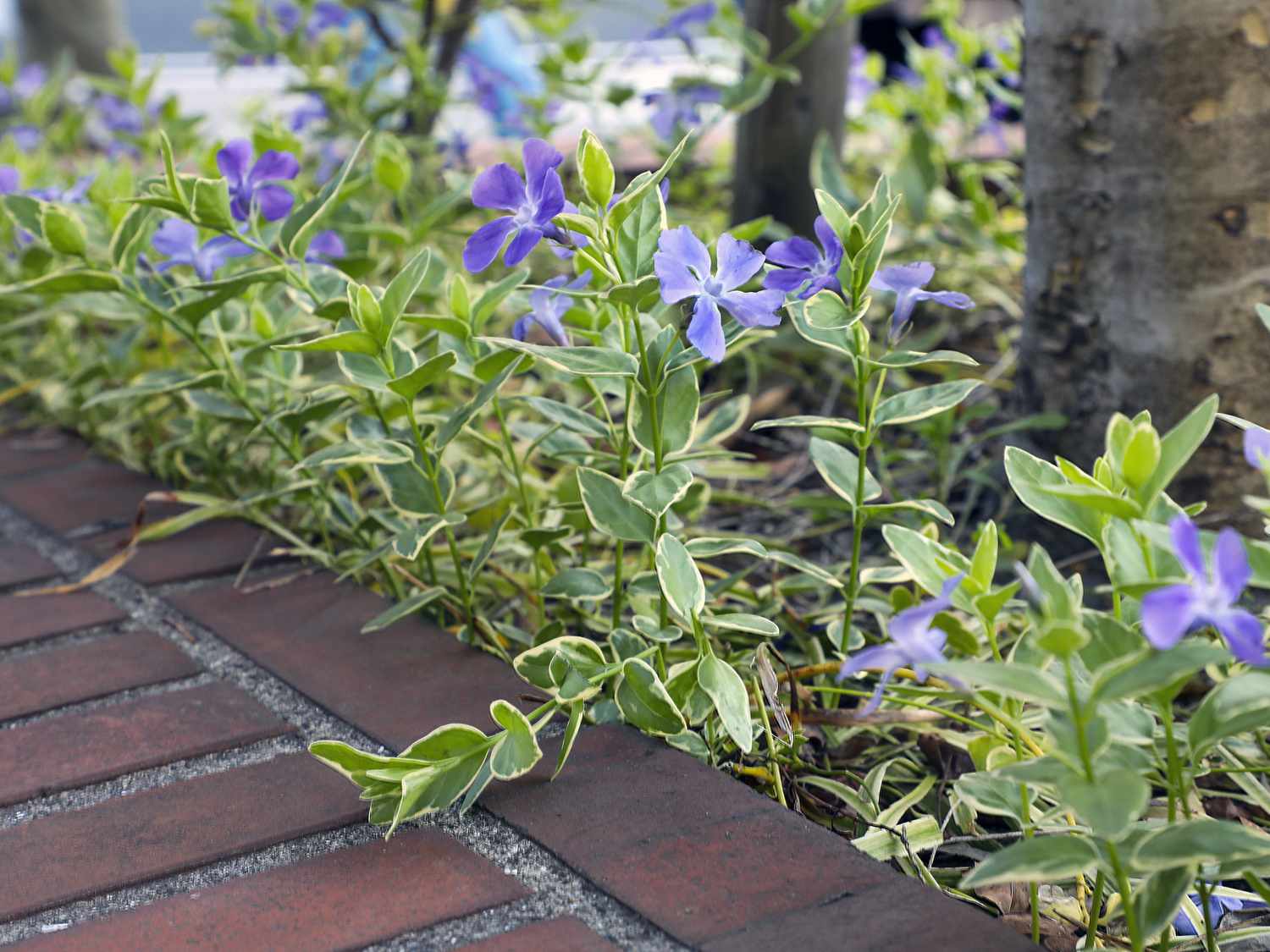
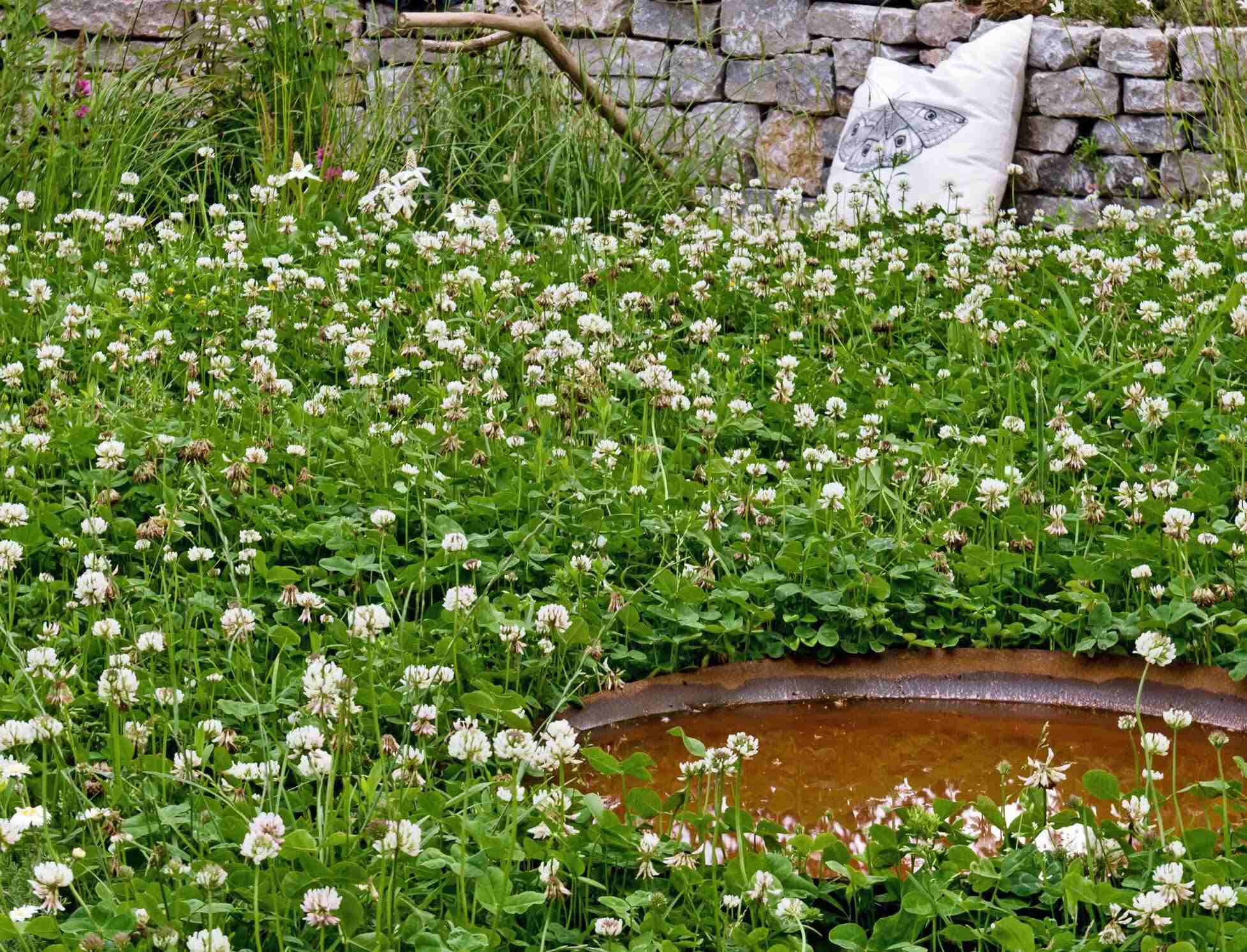


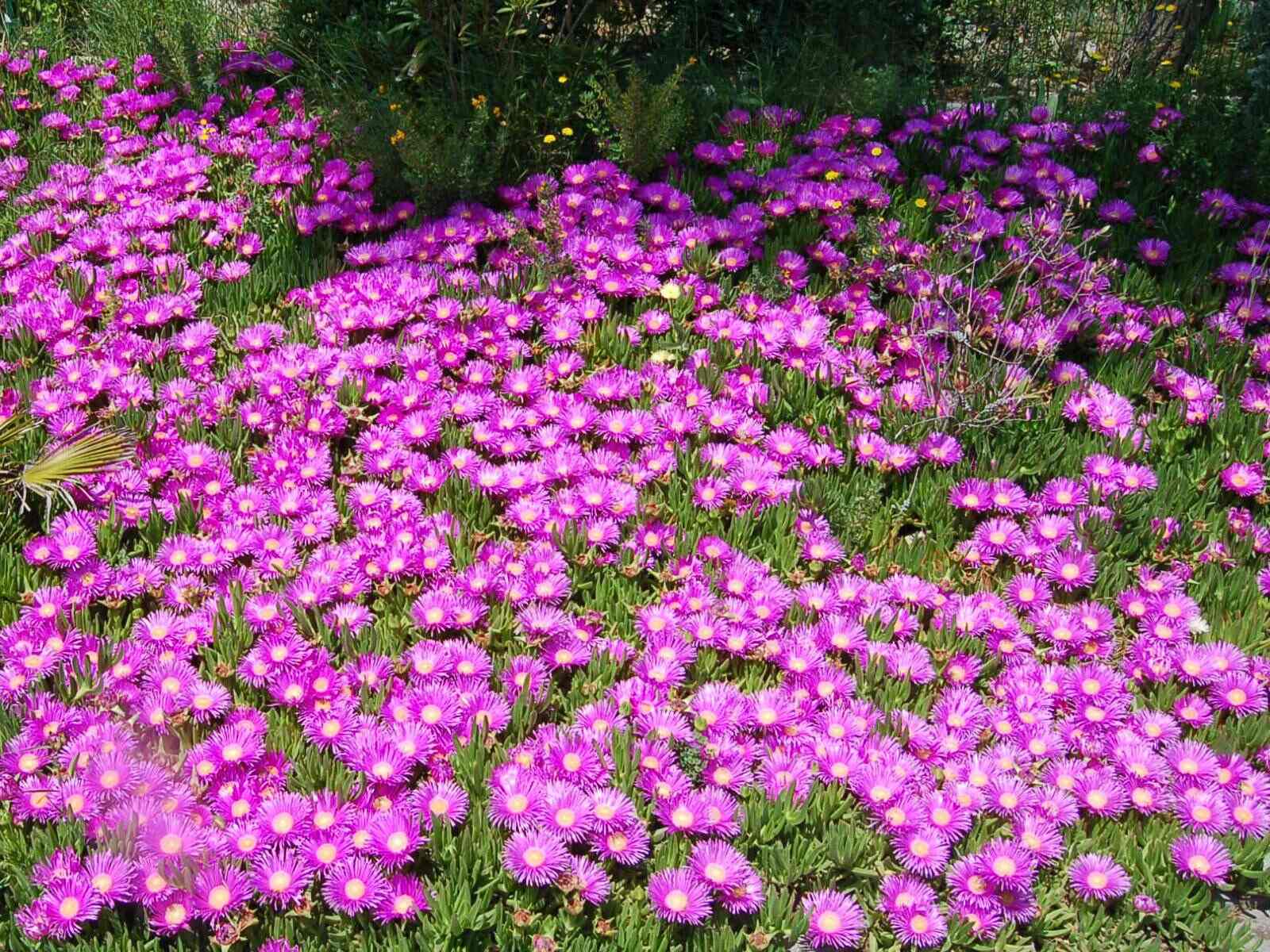
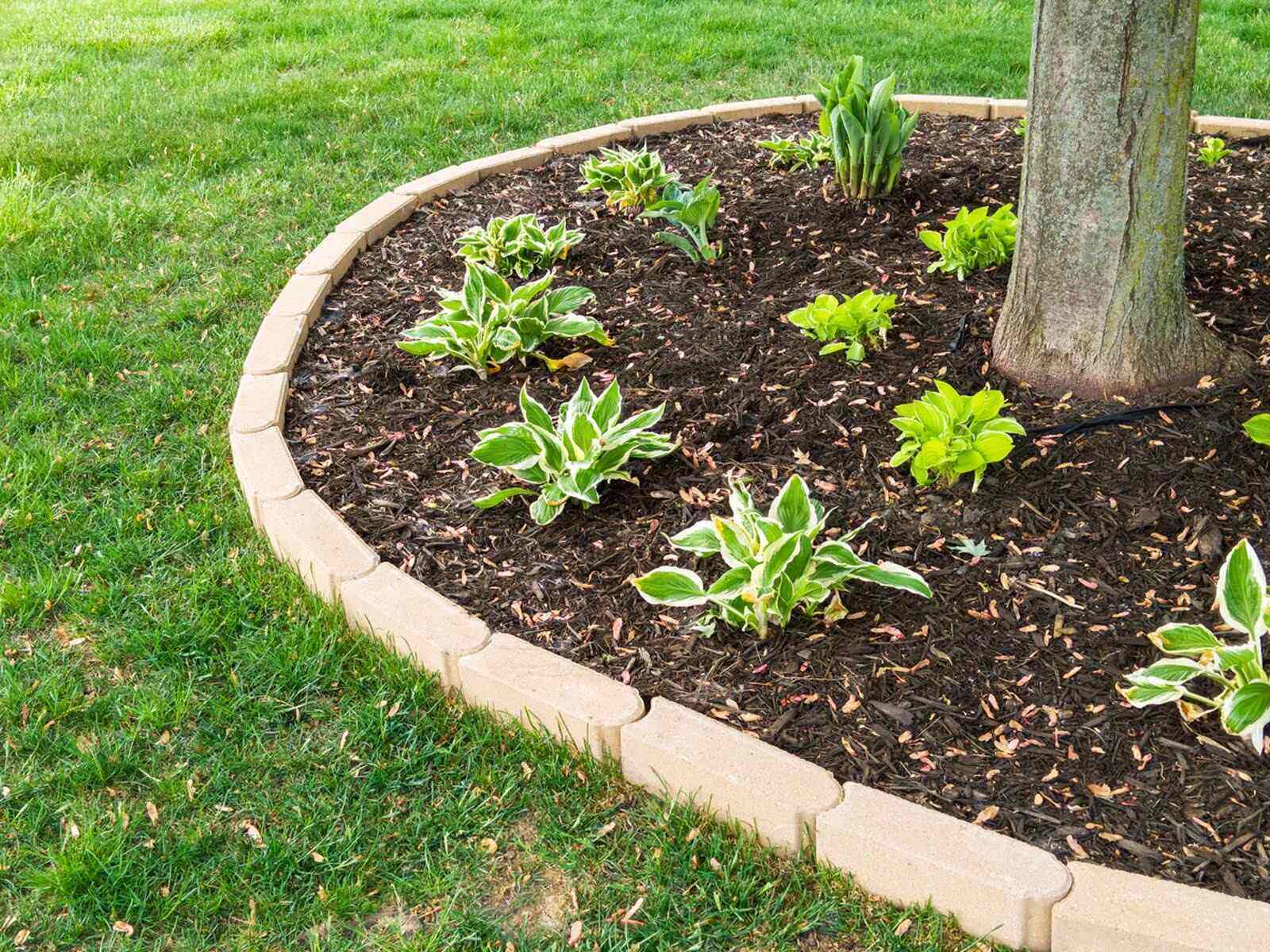
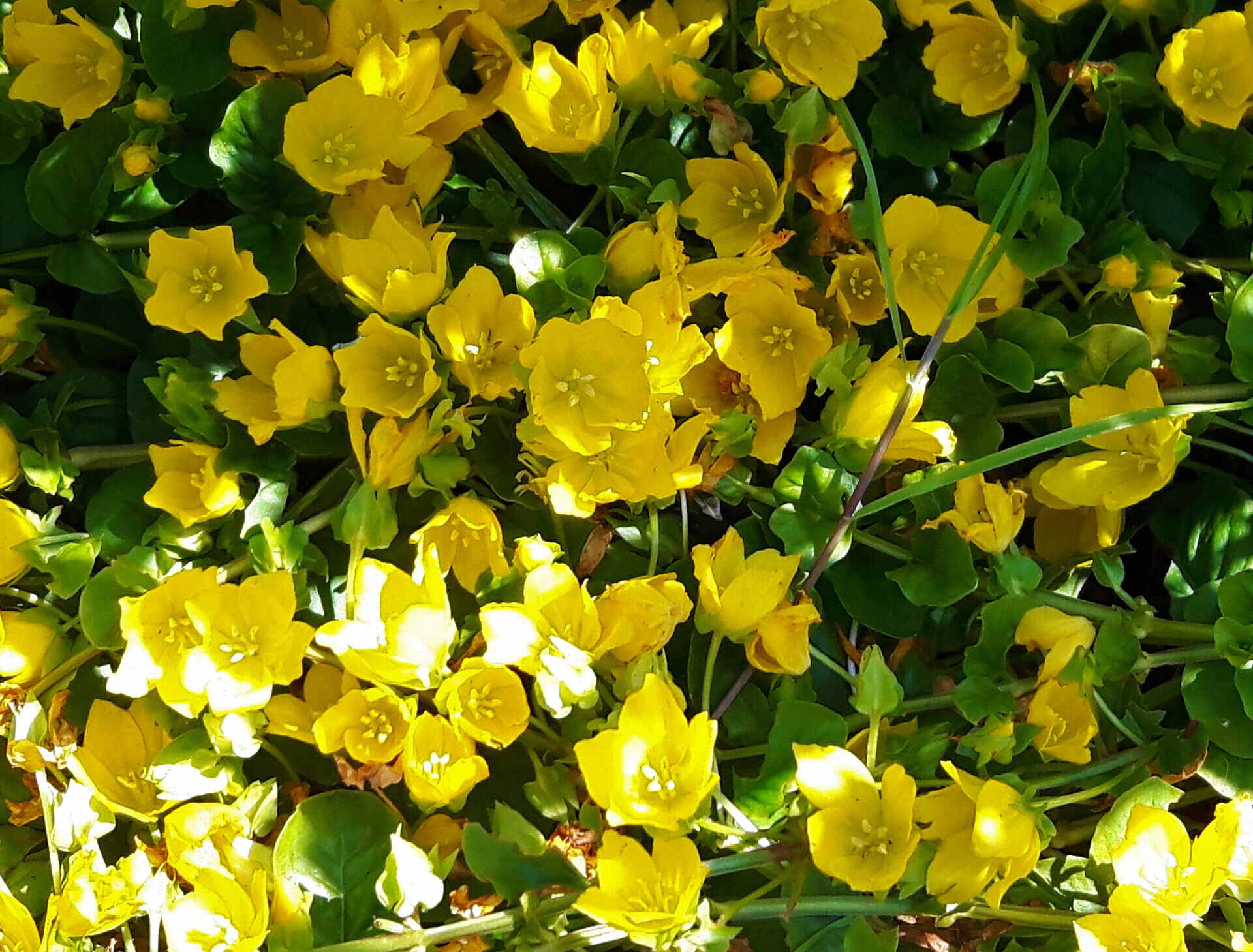
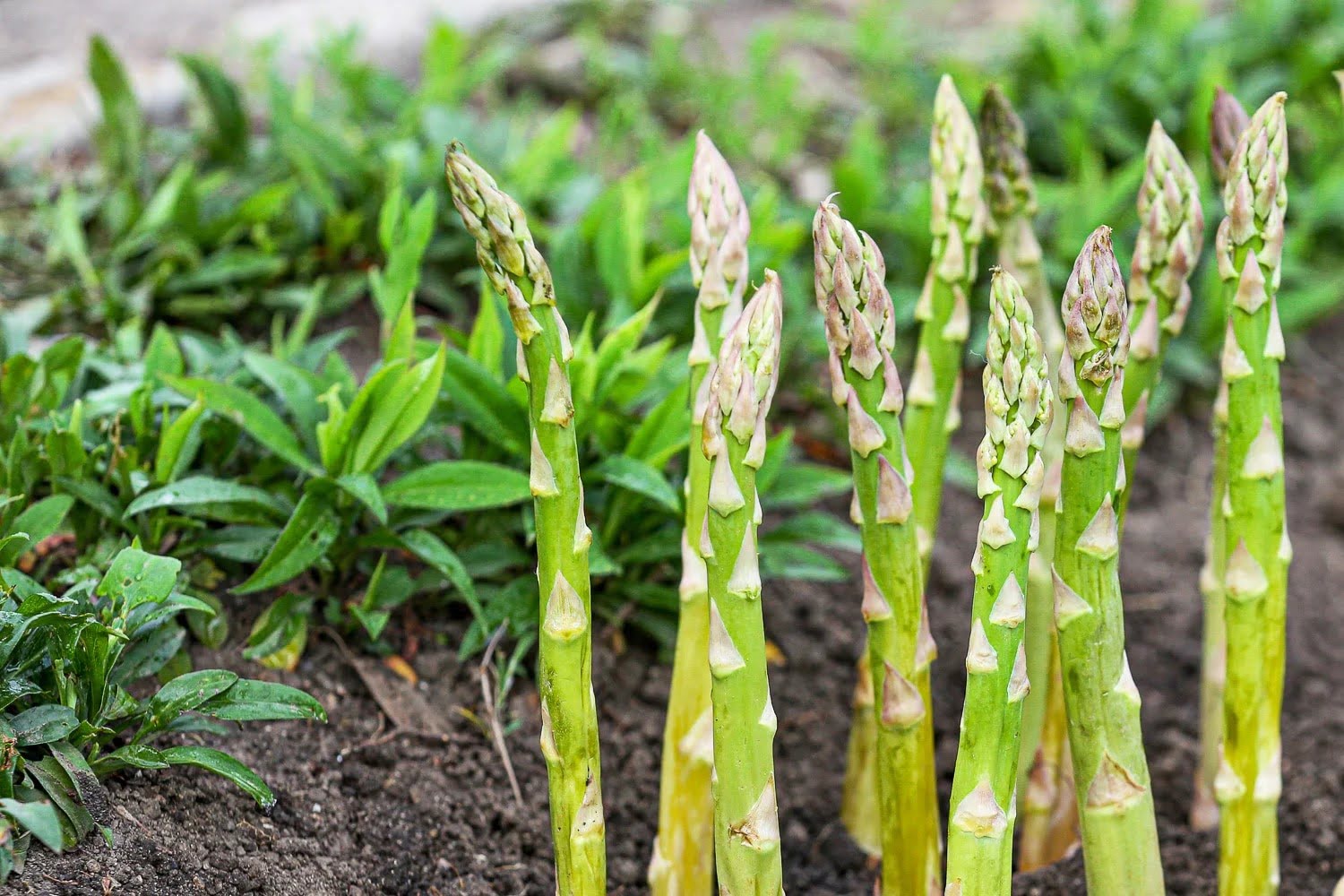

0 thoughts on “What Is The Best Ground Cover To Replace Grass”